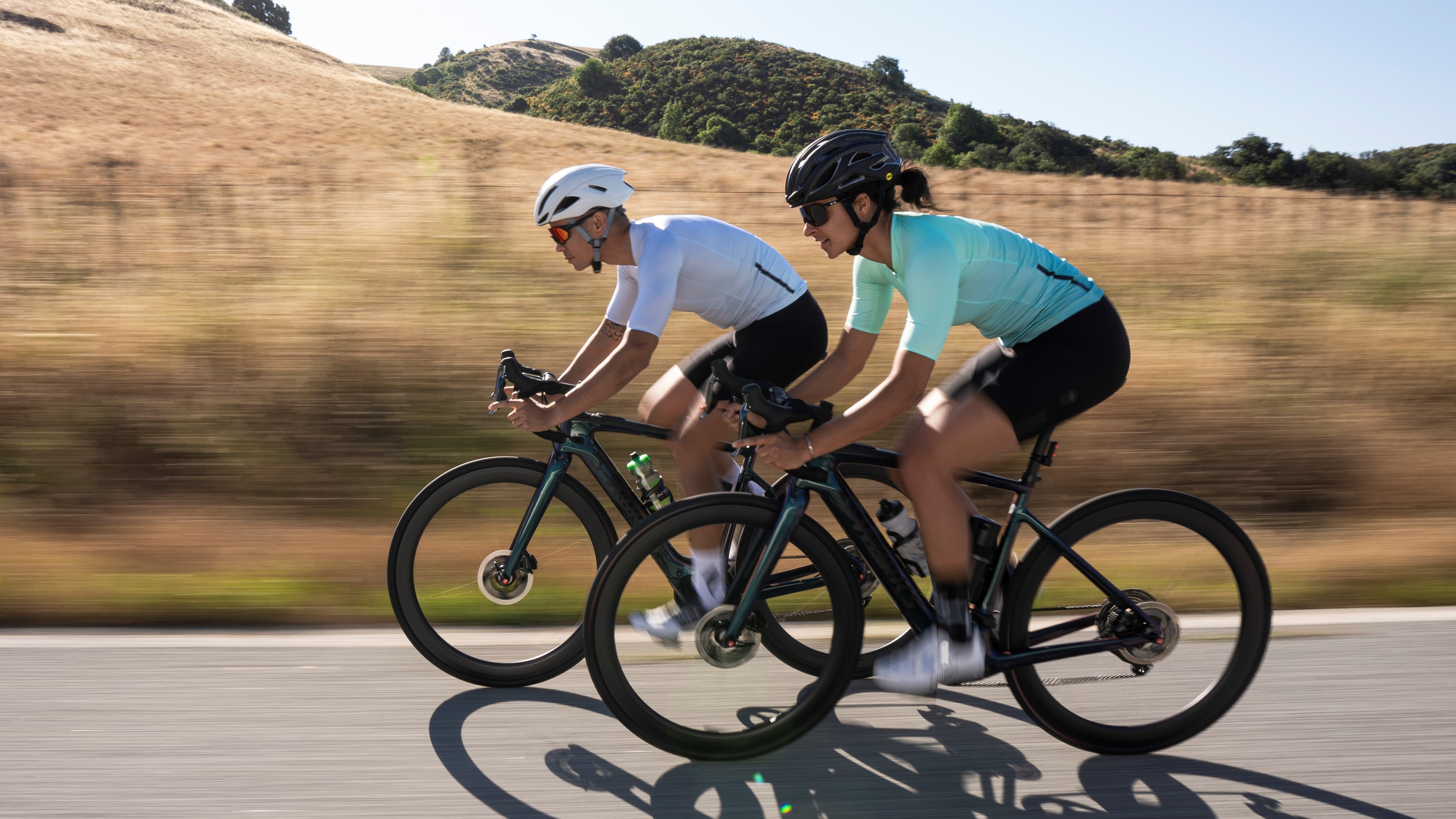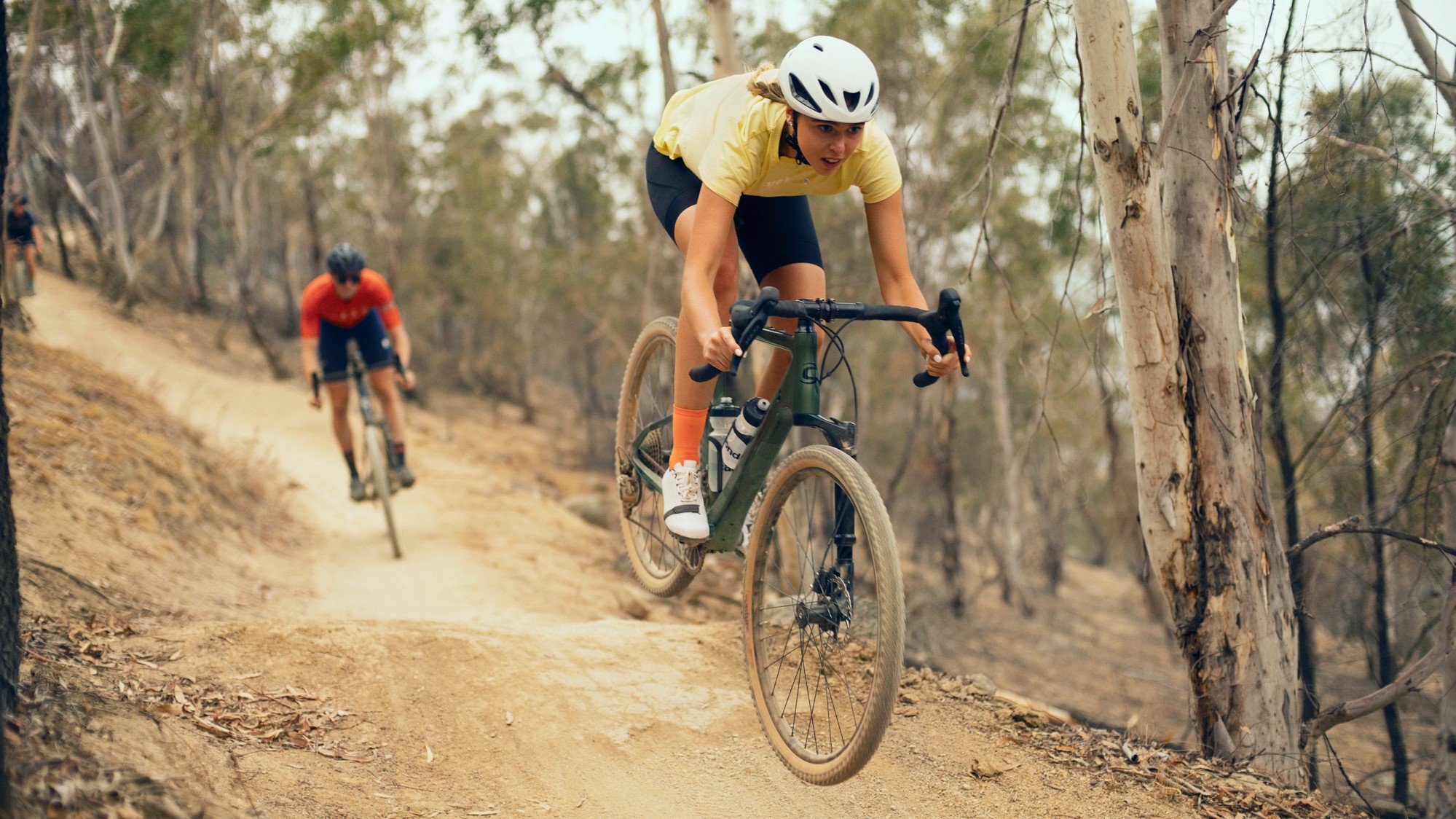Tyre pressure explained: rethinking the standards for road and gravel
Tyre pressure is easy to adjust, but theoretically challenging to master. Is it time to go tubeless?

Cycling science contains strange ironies. One of the most significant influences on your riding performance is also the easiest to change: tyre pressure. Yet this is a subject that is often ignored when riders imagine their bicycle as a total performance system.
You can toil about meticulously at cleaning and lubricating your cogs, cassette and chain, but there are huge efficiency gains to be had, or lost, on the tyre pressure spectrum. Best of all: the benefits of ideal tyre pressure come at no cost.
Where you’d be required to spend a great deal of money for those few watts liberated by low-friction bottom bracket bearings, ideal tyre pressure requires only some time and experimentation.
For something which is so easy to adjust, the presence of incorrect tyre pressure remains puzzling. One explanation is that the advancement in tubeless technology and wider rims aren’t broadly understood by all. The consequence of this are riders who mistakenly, by habit, continue to run legacy tyre pressures with newer tubeless casings and wheelsets.
Best road bike tyres
Best gravel tyres: from dusty to dirty, here's our pick of the best tyres for your gravel bike
Best tubeless road tyres: Our pick of the top tubeless road tyres
Best gravel bike wheels: Our pick of the best gravel wheels for racing and adventure riding
You can go a lot lower with tubeless
Tyre companies have proven that larger tubeless casings, at relatively lower pressures, perform better than smaller tyres that are run in the traditional 7.5-8 bar range. Although it is a counterintuitive notion to some, the logic at play here is not that difficult to grasp.
No road is perfect. It is a surface which is littered with imperfections. Any tyre which can form to those imperfections and best absorb them will roll better and deliver less fatigue to the rider. Lower pressures allow your tyres to better ‘mould’ over the road surface flaws and be less influenced by deflection.
Critics of the ‘larger tyre and lower pressure’ movement, might table aerodynamics as a debit. Any larger tyre casing, must surely have a greater drag index? This would be true if you mounted a large 28mm tyre on an exceptionally narrow rim. The bulbous lightbulb shape that combination would deliver is unquestionably un-aerodynamic.
The latest race content, interviews, features, reviews and expert buying guides, direct to your inbox!
Rims have also grown wider, in proportion to the new supply of larger casing road tyres. As such, you can run 700x28C tyres at pressures in the 6 bar range, without risking annoying pinch flats. Although that pressure rating would appear very low, it should be adequate to prevent lateral tyre roll in high-speed corners and provide great road buzz absorption and ride comfort.

Greater gravel riding confidence
The principle of superior steering feedback and reduced rider fatigue, delivered by lower tyre pressures, becomes even more telling on gravel.
With a riding surface that is many times more variable than tarmac, gravel riders should pay even greater attention to discovering the realm of lower pressures for their weight and bike set-up.
Gravel road vibrations and trail buzz can be harshly fatiguing. At higher speeds, tyres which are too firm could become troublesome to safely steer and decelerate, as they are deflected by high-frequency bumps, roots and stones.
What you should want to achieve with gravel tyres is a pressure where the casing can absorb impacts and rebound predictably, allowing you to steer and brake with confidence.
Gravel bikes can roll even wider rims and larger tyres than most road frames. If you select the 650b wheel size, which has seen a great deal of rim and tyre development borrowed from the mountain bike world, you’ll have the option of 2.1in tyres, or 47mm wide if you tabulate in metric.
Rolling a 21- or 23mm internal diameter rim, 2.1in gravel tyres can be run at a modest 2.3 bar. That might appear outrageously low, but it works. Newer tubeless rim bead profiles are also being shaped to reduce the pinch-flat risk if your gravel tyre impacts an unsighted root or rock step at speed.
There is also the potential to experiment with much wider rims, leveraging the benefit of lower tyre pressures. In this regard Specialized has forged ahead with its ultra-wide Roval Terra CLX gravel wheelsets, featuring a 25mm internal diameter and showing riders what is possible in the realm of really wide off-road wheelsets.
If you own a frame with enormous rear tyre mud clearance, there’s even a CLX Evo version of the Roval Terra, with an internal diameter measurement of 30mm, allowing for 1.7 bar riding tyre pressure.
Puncture risk was the strongest disincentive for reducing tyre pressure. That caution prevented many road and gravel riders from the benefits of having marginally less air in their tyres: better ride comfort, a more secure contact patch for braking and less road surface deflection. Larger tubeless tyres and wider rims have finally made the benefits of lower tyre pressure viable.
If you are still running legacy tyre pressures on your road or gravel bike, it might be time to sacrifice half a bar and feel the difference.
All tyre pressure examples cited, are calculated on a total 86kg rolling weight of bike and rider.
Lance Branquinho is a Namibian born media professional, with 15-years of experience in technology and engineering journalism covering anything with wheels. Being from Namibia, he knows a good gravel road when he sees one, and he has raced some of Africa’s best-known mountain bike stage races, such as Wines2Wales and Berg&Bush.
